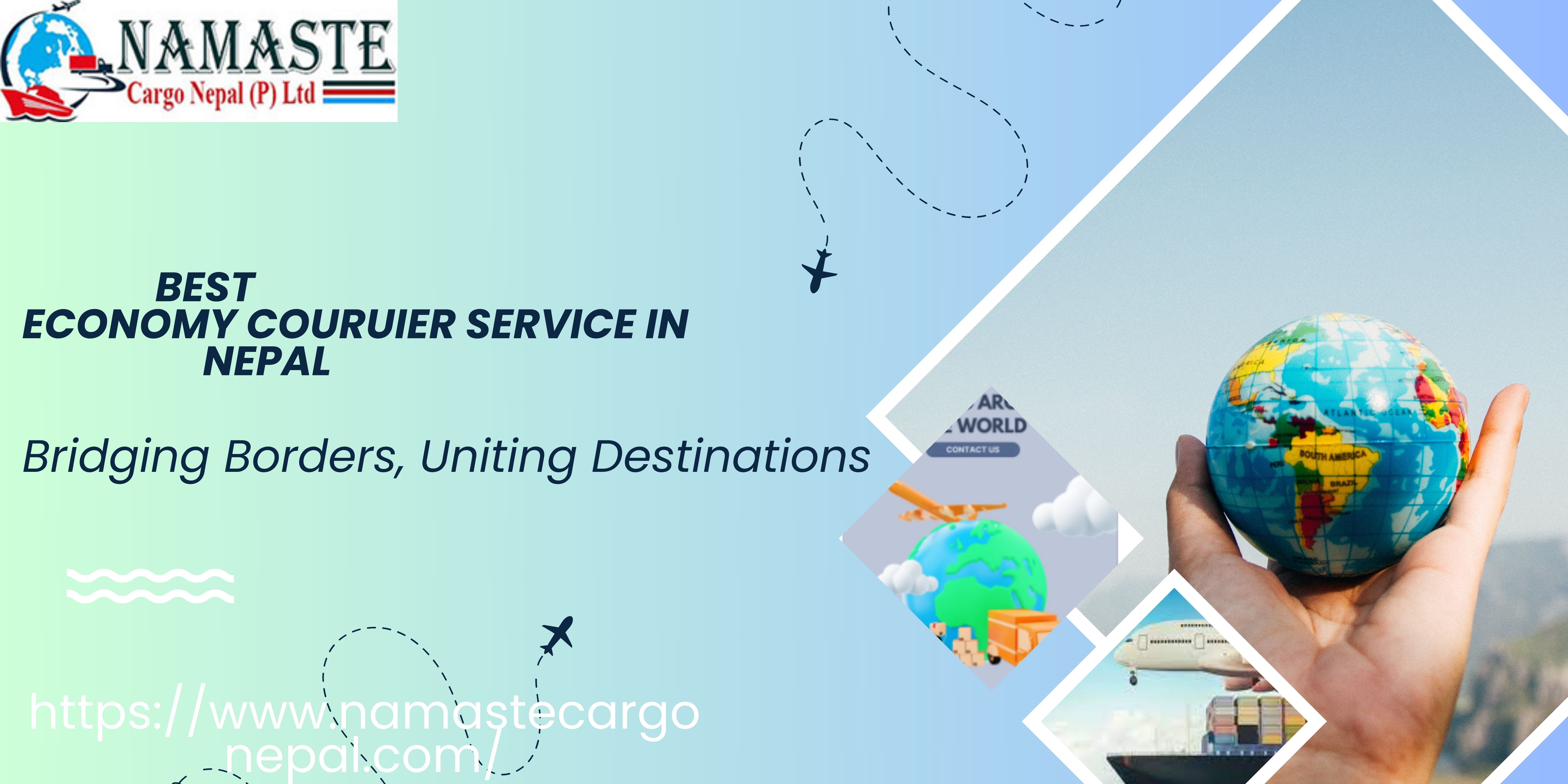
Namaste Cargo Nepal, a prominent
logistics service provider in Nepal, understands the significance of reverse
logistics in promoting sustainability and customer satisfaction. As a company
dedicated to environmental responsibility and operational efficiency, Namaste
Cargo Nepal has implemented innovative strategies to effectively manage product
returns, repairs, and recycling. This article delves into how Namaste Cargo
Nepal has utilized reverse logistics to gain a competitive advantage while
navigating the benefits and challenges associated with this crucial aspect of
modern supply chain management.
Approach for Reverse Logistics:
1. Streamlined
Returns Process: We have established a seamless returns process, making it
convenient for customers to return products. This efficient handling of returns
reduces the time and effort required for customers, ultimately enhancing their
overall experience.
2. Advanced
Tracking and Inventory Management: By incorporating technology, we can
accurately track returned items, manage inventory, and analyze return patterns.
This data-driven approach helps identify trends and potential issues, enabling
better decision-making.
3.
Collaborations with Partners: We collaborate with key stakeholders, including
manufacturers, retailers, and recycling facilities, to maximize the value
derived from returned products. These partnerships contribute to improved
resource utilization and overall efficiency.
Benefits of Reverse Logistics
Strategy:
1. Cost Savings:
Efficient reverse logistics processes help minimize operational costs
associated with returns handling, inventory management, and transportation.
2. Enhanced
Customer Satisfaction: A streamlined returns process and responsive customer
service contribute to higher customer satisfaction and loyalty.
3.
Sustainability and Environmental Responsibility: The company's dedication to
sustainability is evident in its focus on recycling, refurbishing, and
environmentally conscious disposal methods.
4. Improved
Brand Reputation: By implementing sustainable reverse logistics practices, the
company enhances its reputation as an environmentally responsible and
customer-focused organization.
5. Competitive Advantage: By prioritizing reverse logistics, the company not only gains a competitive edge in the market but also attracts environmentally conscious customers and partners.
Challenges Faced during Reverse
Logistics:
1. Complexity of
Reverse Logistics: The process of handling returned products adds complexity to
the logistics operations, involving various steps like inspection,
refurbishment, and disposal.
2. Inventory
Management: Efficient management of returned items is crucial to minimize
holding costs and ensure smooth reverse logistics operations.
3. Changing
Regulations: Adapting to evolving regulations related to reverse logistics in
Nepal can be challenging for companies, requiring constant monitoring and
adjustment.
4. Costs of
Sustainable Practices: While sustainability is a priority, implementing
environmentally friendly practices may involve additional costs for the
company.
Conclusion:
Namaste Cargo Nepal adoptions of reverse logistics demonstrates its commitment to sustainability and customer satisfaction. By optimizing returns processes, utilizing advanced technology, and collaborating with partners, Namaste Cargo Nepal maximizes the benefits of reverse logistics while overcoming the associated challenges.
Looking for affordable shipping in Nepal? Economy courier services offer budget-friendly delivery fo...
Are you looking for a way to export your cargo from Nepal to Japan? Well, look no further because Na...
The European Union will apply the system of the Generalized System of Preference (GSP) facility syst...